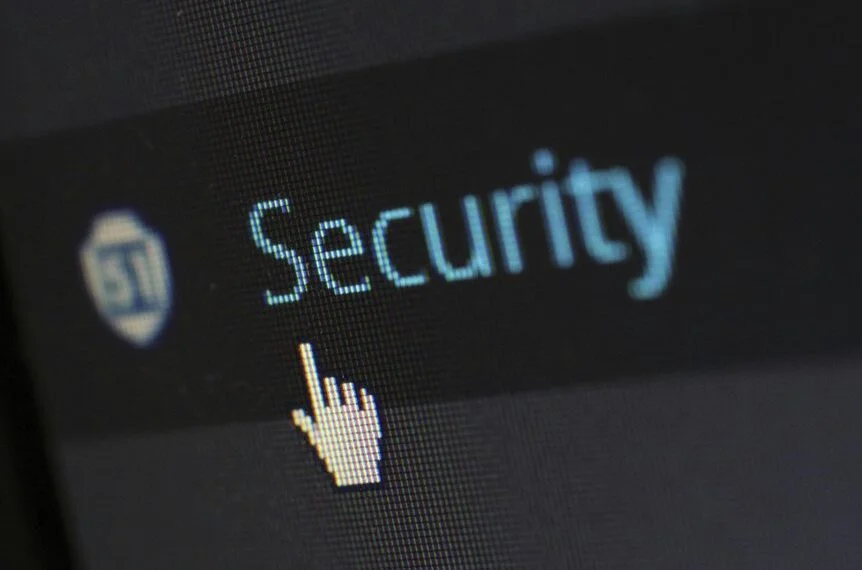In the world of technology, cryptic strings like qkfzzu1lbnvinhp4dlhz may seem random, but beneath their surface lies an intricate world of data protection, encryption, and modern cyber intelligence. As our dependence on digital systems grows, so does the need for understanding how such codes impact information safety, identity protection, and secure communication. This article explores the concept, potential use cases, and importance of qkfzzu1lbnvinhp4dlhz in today’s digital ecosystem.
The Rise of Digital Encryption
Encryption has become the backbone of online security. From financial transactions to personal messages, every bit of information traveling through the internet is vulnerable without proper encryption. qkfzzu1lbnvinhp4dlhz represents a type of encoded identifier — a blend of characters designed to conceal meaning and protect integrity. Such patterns aren’t arbitrary; they symbolize how digital systems lock and safeguard data through complex algorithms that only authorized entities can decode.
Modern encryption works by transforming readable data into coded formats. This process, while invisible to users, ensures that private communication, cloud storage, and authentication remain impenetrable to malicious attacks. In a sense, qkfzzu1lbnvinhp4dlhz becomes a symbolic representation of how unseen codes are silently protecting our everyday digital life.
Decoding the Structure Behind qkfzzu1lbnvinhp4dlhz
While it appears to be a random mix of letters and numbers, strings like qkfzzu1lbnvinhp4dlhz often follow logical cryptographic structures. They may serve as tokens, API keys, or part of an encrypted database identifier. Developers generate them using hashing or encryption functions that transform information into unique digital fingerprints.
For instance, when a website needs to secure login details or verify user identities, it employs unique codes similar to qkfzzu1lbnvinhp4dlhz. These identifiers act as digital shields — impossible to guess yet essential for establishing trust between systems. They can represent transaction IDs, encryption keys, or encoded parameters within software frameworks, all contributing to one unified purpose: maintaining digital confidentiality.
Real-World Applications of Encrypted Identifiers
In practical use, systems that rely on encrypted tokens such as qkfzzu1lbnvinhp4dlhz are found everywhere — from e-commerce websites to global payment gateways. When users make online purchases, the transaction data is translated into encoded strings. These identifiers ensure that sensitive details like credit card numbers or personal addresses are never exposed in their raw form.
Moreover, in cloud environments, similar encrypted strings control access permissions. They verify who can read, write, or modify digital files, making unauthorized access nearly impossible. Even in social media networks, encoded identifiers determine session authenticity, protecting user accounts from hacking attempts.
Thus, qkfzzu1lbnvinhp4dlhz is not merely a random string; it mirrors how hidden layers of encryption maintain order and trust across billions of daily digital interactions.
Why Understanding Encryption Matters
For everyday users, terms like qkfzzu1lbnvinhp4dlhz might seem overly technical. Yet, awareness of such encrypted systems empowers people to value online safety. Knowing that every secure website uses similar forms of encryption helps users distinguish between safe and risky digital environments.
From a business perspective, encryption builds credibility. Companies that prioritize data protection gain customer trust and loyalty. It also ensures regulatory compliance, particularly in regions with strict data privacy laws. Understanding the importance of encrypted strings allows organizations to strengthen their cybersecurity infrastructure and avoid costly breaches.
The Future of Encrypted Identifiers
As technology evolves, encryption will continue to advance. Quantum computing, artificial intelligence, and blockchain will redefine how identifiers like qkfzzu1lbnvinhp4dlhz function. Future codes may include self-healing or adaptive encryption — mechanisms capable of detecting threats and rewriting their own algorithms for enhanced safety.
With digital transformation accelerating, the silent language of encryption will become more powerful and invisible than ever. Whether used in smart contracts, decentralized storage, or digital identity verification, these encoded strings will remain the invisible armor of the internet age.
Conclusion
In essence, qkfzzu1lbnvinhp4dlhz embodies the unseen architecture of modern digital protection. Though it may appear meaningless to the naked eye, it represents one of the most vital foundations of cybersecurity — encryption. As we move further into a data-driven era, understanding how such encrypted identifiers safeguard privacy, maintain trust, and uphold digital freedom becomes not just a technical skill but a necessary awareness for everyone navigating the online world.
